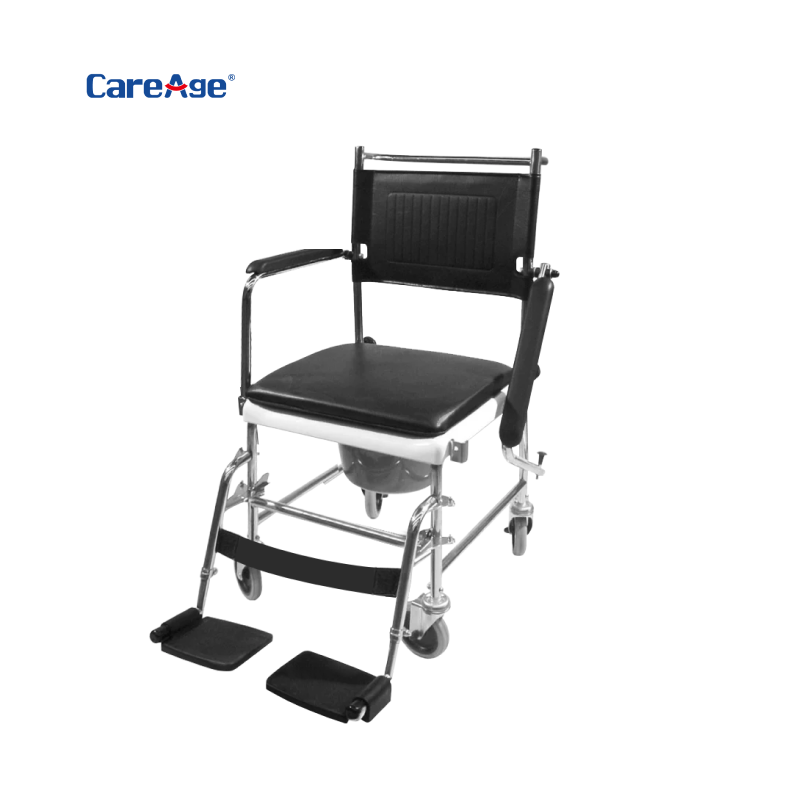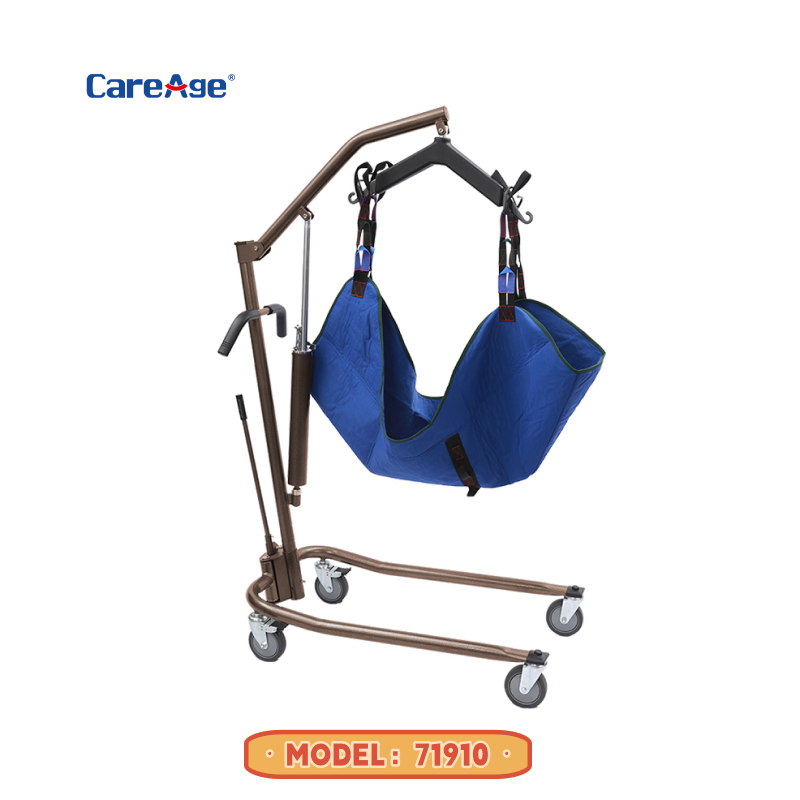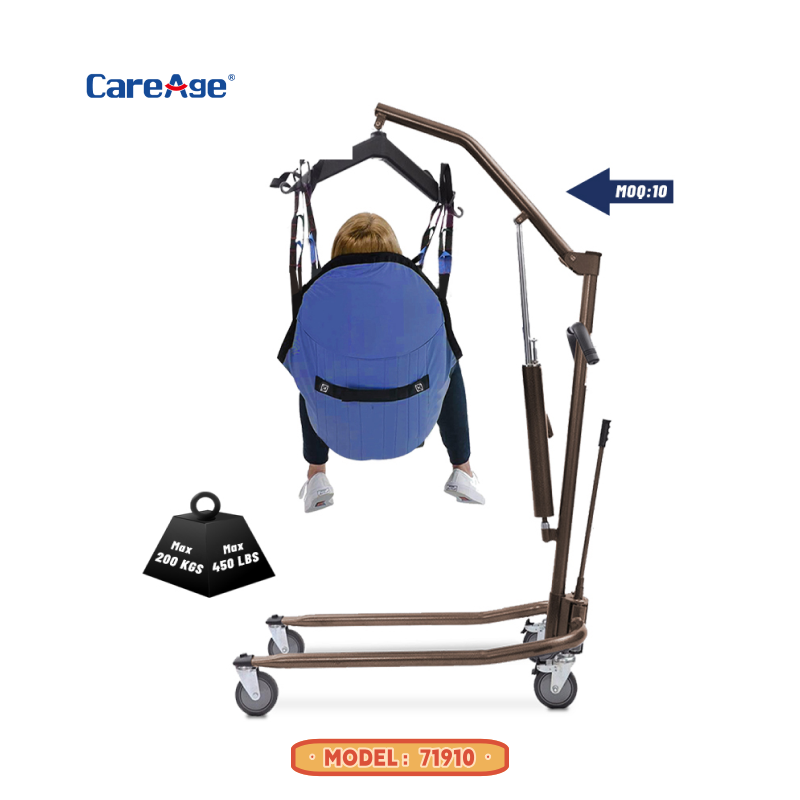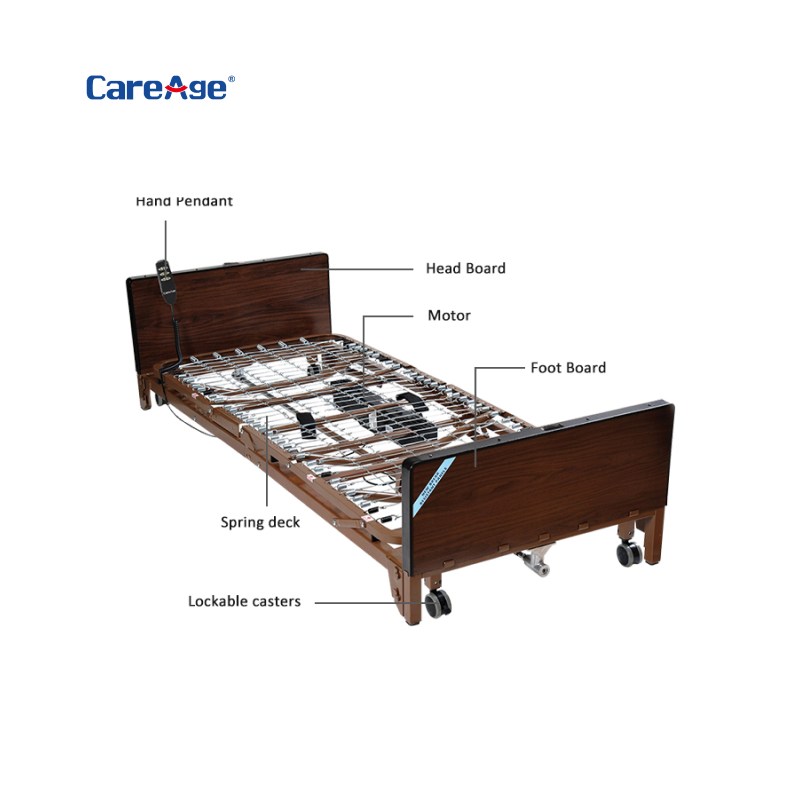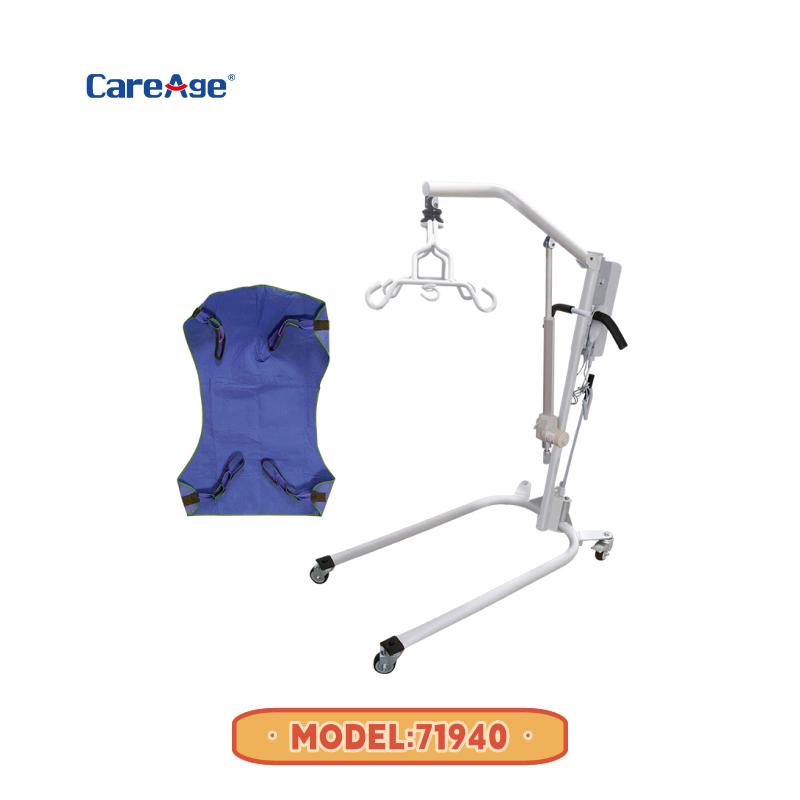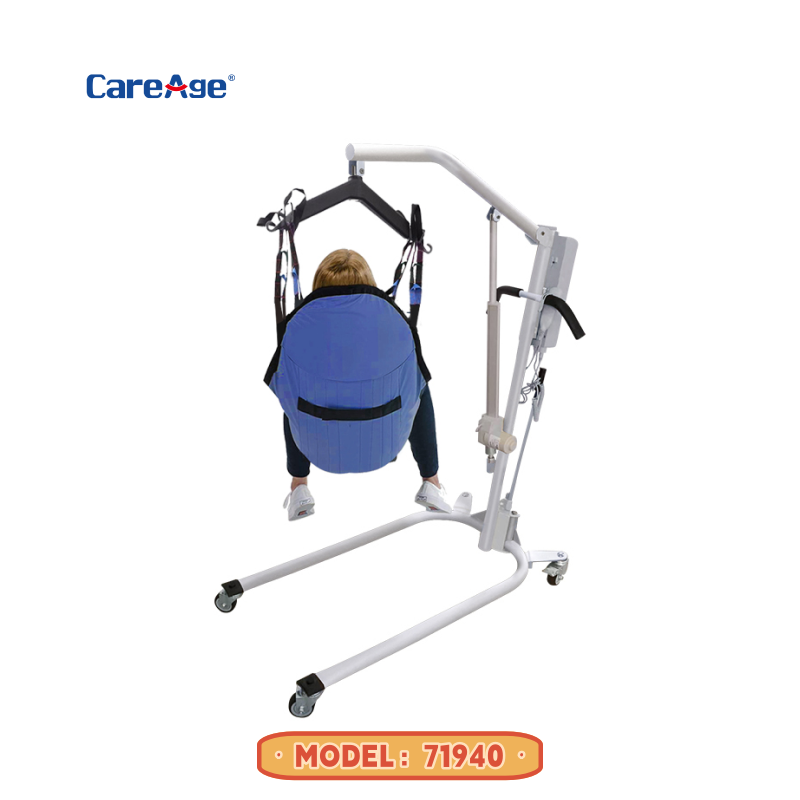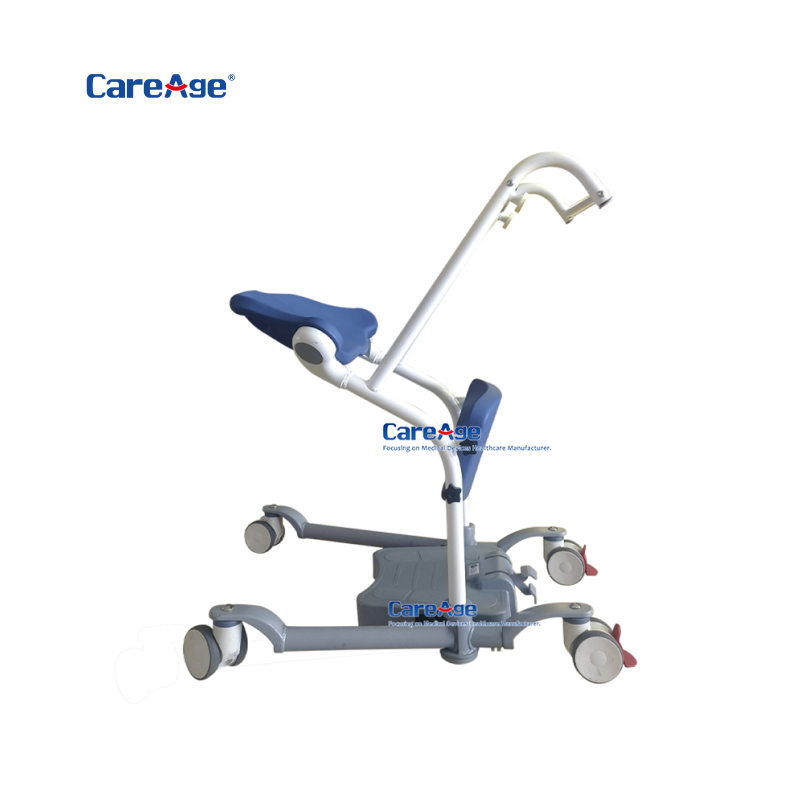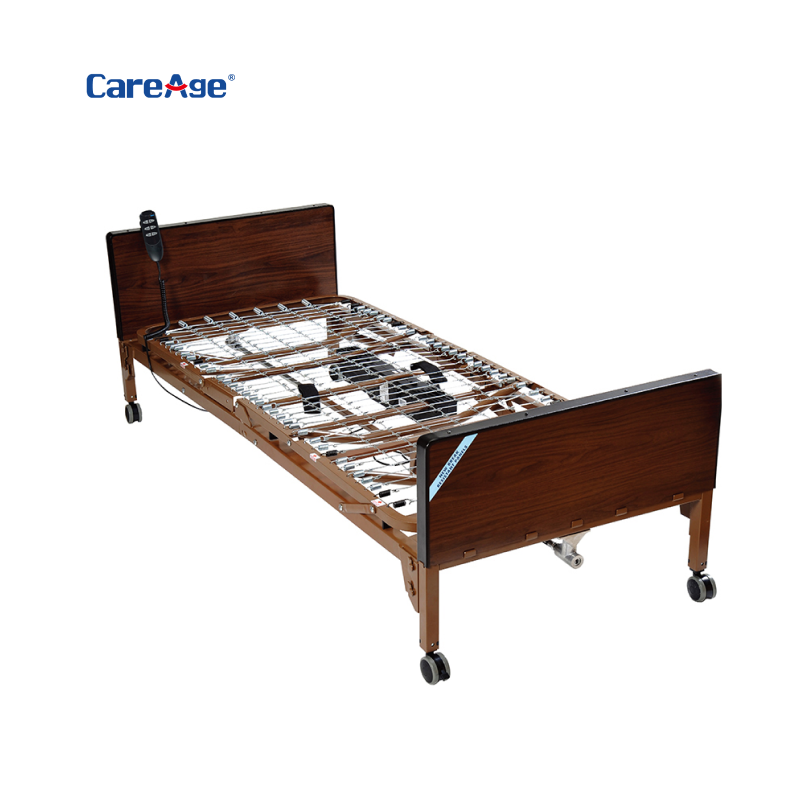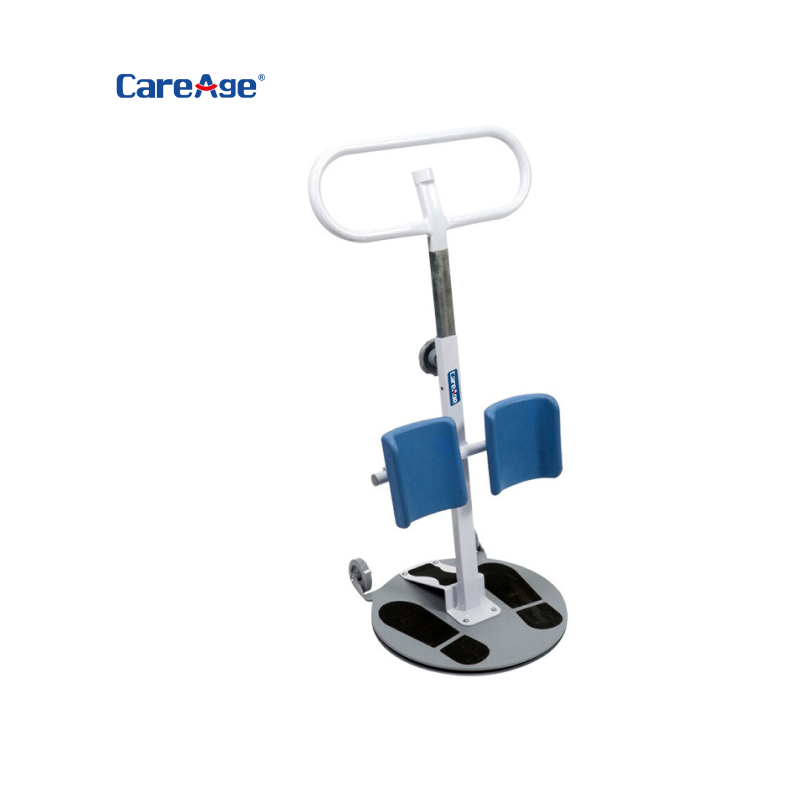In healthcare and home care settings, patient lifts have become indispensable tools for safely transferring individuals with limited mobility. Whether it's moving a patient from a bed to a wheelchair, from a wheelchair to a sofa, or assisting them onto a commode chair, these devices reduce the risk of caregiver injuries and enhance patient dignity. Two primary types dominate the market: electric patient hoists and hydraulic patient lifts, each offering unique advantages for diverse scenarios.
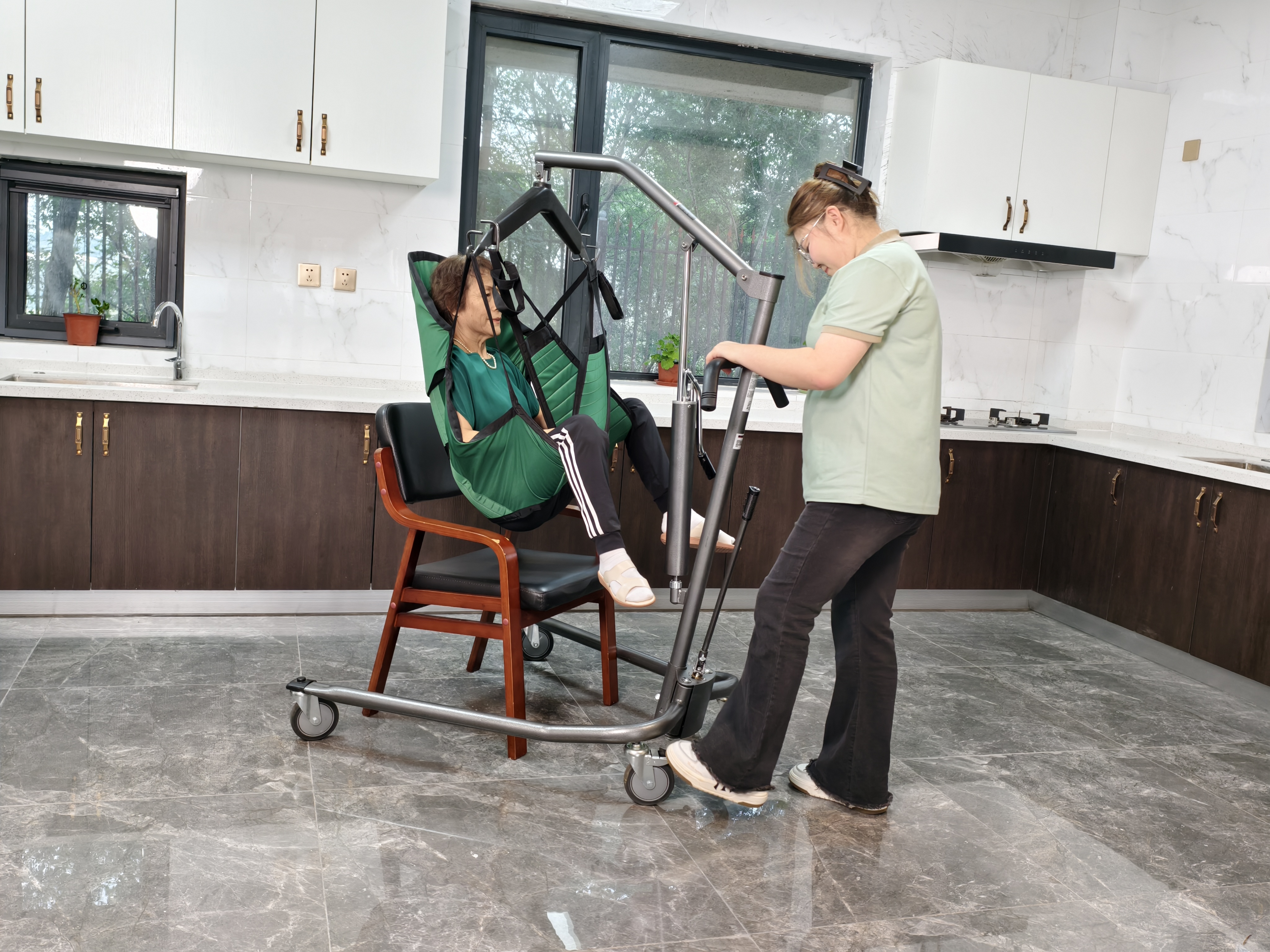
Core Functions of Patient Lifts
Patient lifts are designed to facilitate seamless transitions between surfaces, eliminating the need for manual lifting. Key applications include:
Bed-to-Wheelchair Transfers: For patients recovering from surgery or living with chronic conditions, electric patient hoists use motorized systems to gently lift and lower individuals, ensuring stability during movement.
Bathroom Assistance: Hydraulic patient lifts excel in wet environments, such as bathrooms, where their manual operation provides reliability without electrical risks.
Rehabilitation Support: In rehabilitation centers, both electric patient hoists and hydraulic patient lifts assist patients in standing exercises, promoting muscle strength and balance.
Home Care Flexibility: For families caring for elderly relatives, compact hydraulic patient lifts offer portability, while electric patient hoists provide effortless operation for frequent transfers.
Diverse Settings, Tailored Solutions
Hospitals: In ICUs and wards, electric patient hoists with adjustable heights and remote controls streamline patient handling, reducing nurse fatigue.
Nursing Homes: Hydraulic patient lifts are cost-effective for high-volume use, while electric patient hoists cater to residents needing frequent repositioning.
Home Environments: Lightweight hydraulic patient lifts fit into tight spaces, whereas electric patient hoists with battery power suit multi-level homes.
Rehabilitation Centers: Advanced models integrate sling systems for gait training, leveraging the precision of electric patient hoists or the durability of hydraulic patient lifts.
Why Choose Electric vs. Hydraulic?
Electric Patient Hoists: Ideal for caregivers seeking efficiency, these devices feature one-button operation, quiet motors (<25 decibels), and automatic safety locks.
Hydraulic Patient Lifts: Preferred in budget-conscious settings, they require manual pumping but offer robustness for heavy-duty tasks.
Safety and Innovation
Modern patient lifts incorporate ergonomic designs, such as padded slings and 360°rotation, to minimize discomfort. Overload sensors and emergency stop buttons further enhance safety. For instance, CareAge's electric patient hoist includes a 40-use battery life and four-hour charging, while their hydraulic patient lift models prioritize affordability without compromising quality.
Discover More at CareAge
Whether you're a healthcare professional or a family caregiver, understanding the right patient lift for your needs is crucial. Explore detailed product guides, success stories, and one-on-one consultations at www.careagehc.comPour des informations et des mises à jour sur l'industrie, suivez@CareAgeMedicalsur LinkedIn.
En intégrantlève-personnes électriquesetlève-personnes hydrauliquesdans les routines de soins, nous permettons une mobilité plus sûre et plus digne pour tous.


